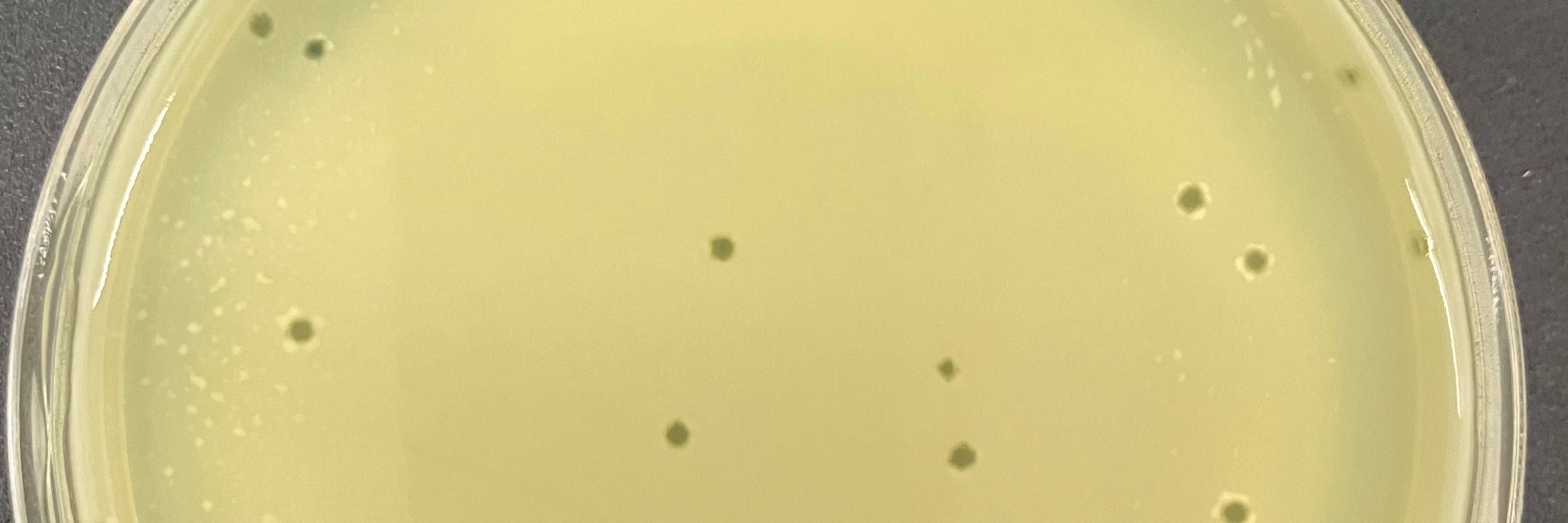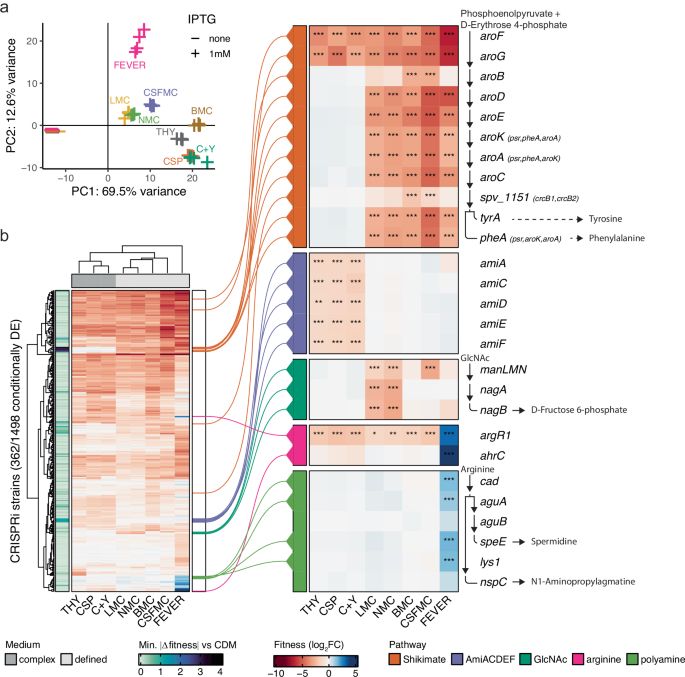

#phagesky #phage #microsky
Come and join us for Viruses of Microbes UK 2026 at @northumbriauni.bsky.social ! Fantastic chance for ECRs to showcase their work 🙂
Structural insights into non-tailed Vibrio #phages
www.biorxiv.org/content/10.1...

Structural insights into non-tailed Vibrio #phages
www.biorxiv.org/content/10.1...

#microsky
www.annualreviews.org/content/jour...

#microsky
www.annualreviews.org/content/jour...
GlcNAc utilisation by host-adapted Streptococcus pneumoniae (was rooting for Sia, but GlcNAc good enough ;-) ).
Cool they find GlcNAc is toxic if imported but not metabolised. Same for Sia in E. coli, & with GlcNAc being a catabolite of Sia etc
www.nature.com/articles/s41...

GlcNAc utilisation by host-adapted Streptococcus pneumoniae (was rooting for Sia, but GlcNAc good enough ;-) ).
Cool they find GlcNAc is toxic if imported but not metabolised. Same for Sia in E. coli, & with GlcNAc being a catabolite of Sia etc
www.nature.com/articles/s41...
If you’re excited about viromes, phage biology, Nanopore sequencing, soils and the odd bit of alpine or agricultural field sampling, we’d love to hear from you!
🌱🦠🏔️
tiny.cc/c4pv001
tiny.cc/e4pv001

If you’re excited about viromes, phage biology, Nanopore sequencing, soils and the odd bit of alpine or agricultural field sampling, we’d love to hear from you!
🌱🦠🏔️
tiny.cc/c4pv001
tiny.cc/e4pv001
Optimised cumate-inducible system for Burkholderia cenocepacia.
www.biorxiv.org/content/10.1...

Optimised cumate-inducible system for Burkholderia cenocepacia.
www.biorxiv.org/content/10.1...
Catabolite repression of H2 consumption in Msmeg. From @greening.bsky.social &Co.
www.biorxiv.org/content/10.1...

Catabolite repression of H2 consumption in Msmeg. From @greening.bsky.social &Co.
www.biorxiv.org/content/10.1...
@plosbiology.org from @pilardomingoc.bsky.social
journals.plos.org/plosbiology/...

@plosbiology.org from @pilardomingoc.bsky.social
journals.plos.org/plosbiology/...
'A conserved sRNA regulates mucin adhesion and gut colonization across the Enterococcaceae'
www.biorxiv.org/content/10.1...

'A conserved sRNA regulates mucin adhesion and gut colonization across the Enterococcaceae'
www.biorxiv.org/content/10.1...
academic.oup.com/nargab/artic...
academic.oup.com/nargab/artic...
A tripartite protein complex promotes DNA transport during natural transformation in Firmicutes www.pnas.org/doi/10.1073/...

A tripartite protein complex promotes DNA transport during natural transformation in Firmicutes www.pnas.org/doi/10.1073/...
Check out the details and apply in the link below
warwick.ac.uk/fac/cross_fa...
Check out the details and apply in the link below
warwick.ac.uk/fac/cross_fa...
Transposon mutagenesis of jumbo #phage using an anti-CRISPR factor as selectable marker
www.biorxiv.org/content/10.1...

Transposon mutagenesis of jumbo #phage using an anti-CRISPR factor as selectable marker
www.biorxiv.org/content/10.1...
More on how Arbitrium regulates temperate #phage lifestyle in Bacillus
www.biorxiv.org/content/10.1...

More on how Arbitrium regulates temperate #phage lifestyle in Bacillus
www.biorxiv.org/content/10.1...
See the original preprint-thread for a summary of our findings.
www.nature.com/articles/s41...
#microsky
See the original preprint-thread for a summary of our findings.
www.nature.com/articles/s41...
#microsky
Fantastic collaboration with @raffaeleieva.bsky.social l and t @pstansfeld.bsky.social
Congrats to all authors, especially Haoxiang, Axel & Violette
🔗 doi.org/10.1038/s414...

Fantastic collaboration with @raffaeleieva.bsky.social l and t @pstansfeld.bsky.social
Congrats to all authors, especially Haoxiang, Axel & Violette
🔗 doi.org/10.1038/s414...
bioRxiv from @fredebak.bsky.social et al #NNF_INTERACT
www.biorxiv.org/content/10.1...

bioRxiv from @fredebak.bsky.social et al #NNF_INTERACT
www.biorxiv.org/content/10.1...
Anyone who’s tried deleting prophages in the lab by HR knows the difficulties of the task. Here we have an example of how HR-mediated natural transformation might hit the same hurdle in a more native context.
academic.oup.com/mbe/article/...

Anyone who’s tried deleting prophages in the lab by HR knows the difficulties of the task. Here we have an example of how HR-mediated natural transformation might hit the same hurdle in a more native context.
academic.oup.com/mbe/article/...
DOI: 10.1101/2025.10.05.680490
https://pubmed.ncbi.nlm.nih.gov/41256655/

➡️ Apply now: plos.io/48o1LQV

➡️ Apply now: plos.io/48o1LQV





